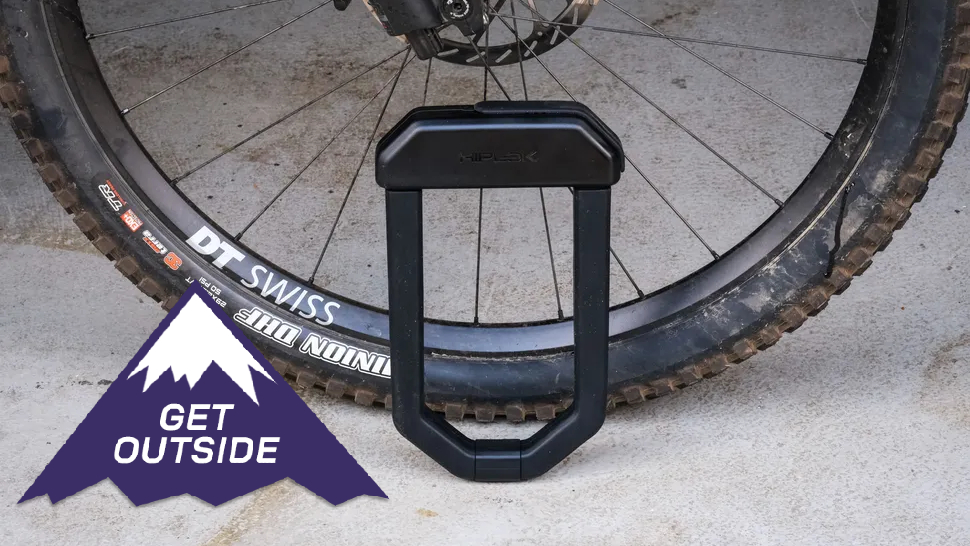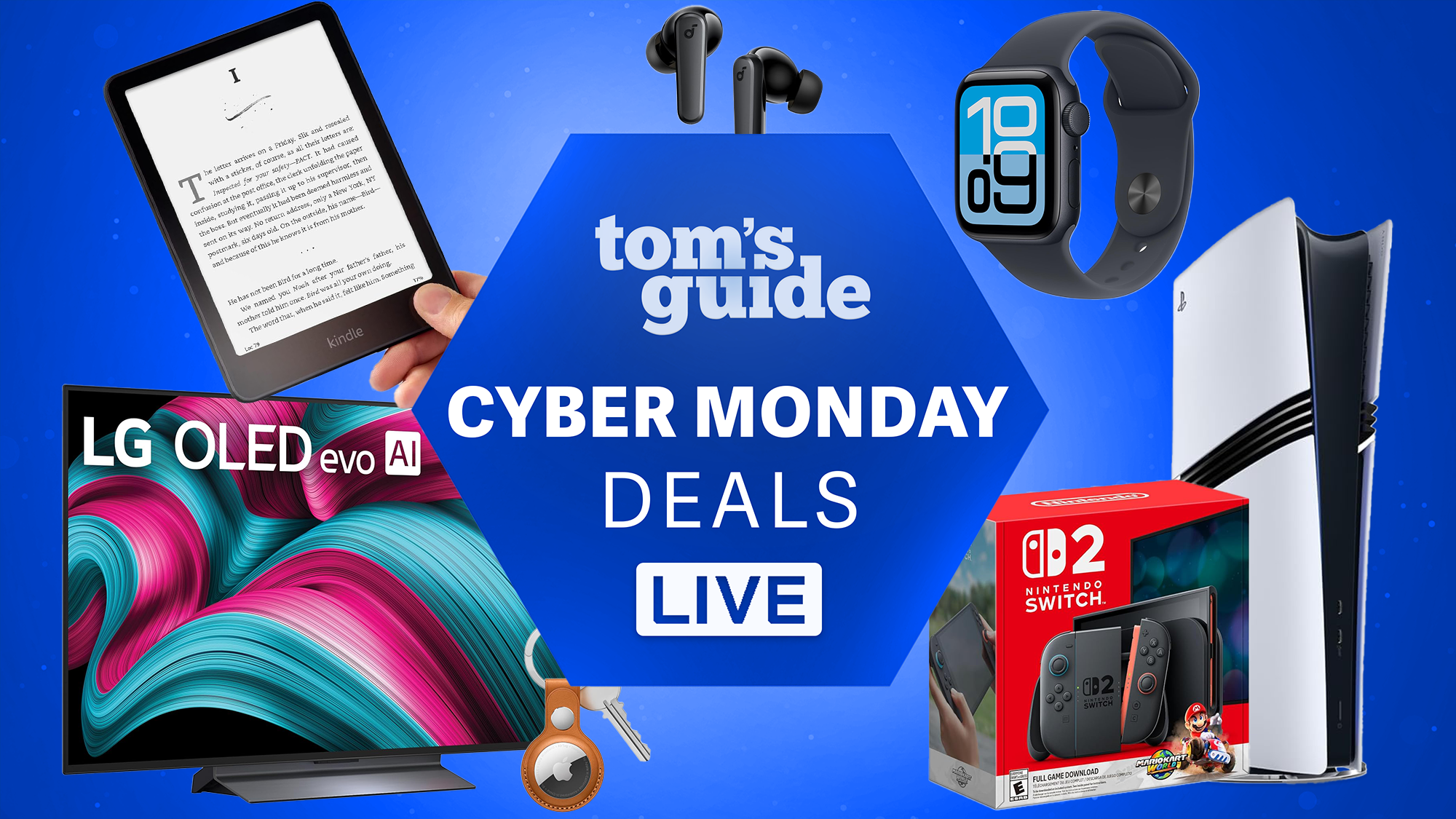7 things to consider when buying a bike lock
Secure your bike with the perfect lock for you

If you’re riding a bike outdoors and leaving it unattended for any length of time, you need one of the best bike locks to try and prevent thieves from making off with it.
The right lock for you will depend on a few factors, including budget and how vulnerable your bike is going to be. There are many different types of locks available, so if you’re new to cycling, it can be tricky to pick the perfect one for your situation.
To help you choose the right lock for your bike, I spoke to Ben Smith, co-founder of bike lock company Hiplok. Here’s what you need to consider when buying your lock.
1. Your situation
The first thing to think about is when and where you’ll be using your lock, and how long for.
“A lot of it comes down to your risk level,” says Smith. “Somebody going on a training ride on their bike versus locking their bike up in London all day. They are two different scenarios.
“One maybe involves a quick coffee stop, and you're trying to stop the opportunist snatching your bike, versus somebody who might have a good few hours to attack it.”
If you need to leave your bike locked up in urban environments for long spells, you will need a serious lock to deter thieves.
Get instant access to breaking news, the hottest reviews, great deals and helpful tips.
2. Cost
“There's a huge range,” says Smith, “Anything from $30 up to $350 for one of our anti-angle-grinder locks.”
“There was a rule of thumb back in the day where people would say spend 10% of the value of your bike on a lock, which in some ways is a bit daft and in other ways makes a lot of sense.
“It does come down to where you live, what your risk is. As a security company, we would always recommend buying the best you can afford, and that's really from a protection point of view, not a commercial point of view.”
3. Type of lock
There are four main types of locks, which all come in a range of prices and security levels, but some types will be better-suited to your regular locking scenario.
“You've got cable locks, which are steel braided cables that come in different weights and sizes,” says Smith.
“Then you have chain locks, which are one of the most traditional types of locks — they’re a chain with a padlock.
“You've got D-locks or U-locks, which are fixed shackle locks, and then you have folding locks, which expand but fold up quite small.
“They all have different benefits and different drawbacks. Chain locks are flexible in terms of what you can lock to and how many elements of the bike you can get around.
“D-locks generally are a little bit more secure for the price because there's less material, but they are less flexible in terms of what you can actually lock to. There's a huge difference between a cheap D-lock and a super secure D-lock, though.
“Folding locks are usually for low to medium [security] situations. You do need some sort of tool to get through them, but they're not as strong in general as chain and D-locks.
“Cable locks, generally, are a low price point, preventative type lock. They’re easier to cut through or pull apart. They come in different lengths. Longer ones help you to do things like lock multiple bikes together.”
“We also have something called a Z-Lok, which is very lightweight.”
4. Certification
Unless you have a trained eye, it’s hard to know how secure a bike lock is at first sight, so it’s wise to look out for independent verification that they meet certain standards.
“In the UK, we use Sold Secure,” says Smith. “If the product is of a sufficient standard, it will have a rating of bronze, silver, gold, or a new diamond award. These basically rate the lock based on attack time and attack methods.
“Looking out for those independent security logos on the locks and packaging is always a good idea. While the US actually doesn't have its own standard, many countries do. The UK is Sold Secure. In the Netherlands, they have a thing called ART.
“Because most people sell their lots in all countries, you will see those certifications on the packaging.”
Do you need two bike locks?
When I cycled in London regularly, the common advice was to use two locks to give yourself the best chance of deterring thieves, and even with the arrival of highly secure anti-angle-grinder locks, you might want two locks to cover more areas of your bike.
“If you look at places like London or New York, where previously people would potentially use two of the best D-locks, one ultimate security anti-angle-grinder lock now does that job and more, so you maybe don’t need to use two for that purpose,” says Smith.
“That said, you also want to protect wheels and accessories. So, one very good lock for the main locking — we always recommend locking the frame to an inanimate object because the frame is the most expensive part of the bike and the bit that's really holding things together.
“Then you may also want to lock your front wheel to your frame or lock the front wheel to the bike rack itself. At that point, you're just looking to make it awkward for people to steal the accessories off the bicycle.
“So, best case scenario, you've got a really good lock and something that's locking potentially loose accessories as well.”
6. Weight and portability
Heavier locks may well offer more security, but can be a pain to travel with. Check the weight of your lock and what options there are for bringing it with you in terms of mounting it on your bike using a bracket, or wearing it around your waist or shoulders.
“Our best D-lock, for example, is about 5.5lb,” says Smith. “Chain locks can be a little bit heavier than that. Anywhere between one and 6.5lb is the general range.
“There are different ways to carry the locks as well. What I call on-bike products. We've just designed a new bracket for our top-end locks that gives the consumer a lot of places that they can put it on the bike.”
7. Home security
The above mostly relates to locks you use on the go, but you can also get locks to use at home if you're not going to bring your bike inside.
“A huge number of bikes are stolen from private property as well,” says Smith. “When you're not taking a lock with you, then obviously weight is really less of an issue. We do a product called the mega chain, for example, which is 26lb."
More from Tom's Guide:
- Best bike locks in 2025: Tested and rated
- Recumbent vs. upright exercise bikes: which indoor bike is right for you?
- I tried Trek's CarBack Bike Radar — it's like having eyes in the back of my head

Nick Harris-Fry is an experienced health and fitness journalist, writing professionally since 2012. He spent nine years working on the Coach magazine and website before moving to the fitness team at Tom’s Guide in 2024. Nick is a keen runner and also the founder of YouTube channel The Run Testers, which specialises in reviewing running shoes, watches, headphones and other gear.
Nick ran his first marathon in 2016 and became obsessed with the sport. He now has PBs of 2hr 25min for the marathon and 15min 30sec for 5K. Nick is also a qualified Run Leader in the UK.
Nick is an established expert in the fitness area and along with writing for many publications, including Live Science, Expert Reviews, Wareable, Coach and Get Sweat Go, he has been quoted on The Guardian and The Independent.
You must confirm your public display name before commenting
Please logout and then login again, you will then be prompted to enter your display name.
